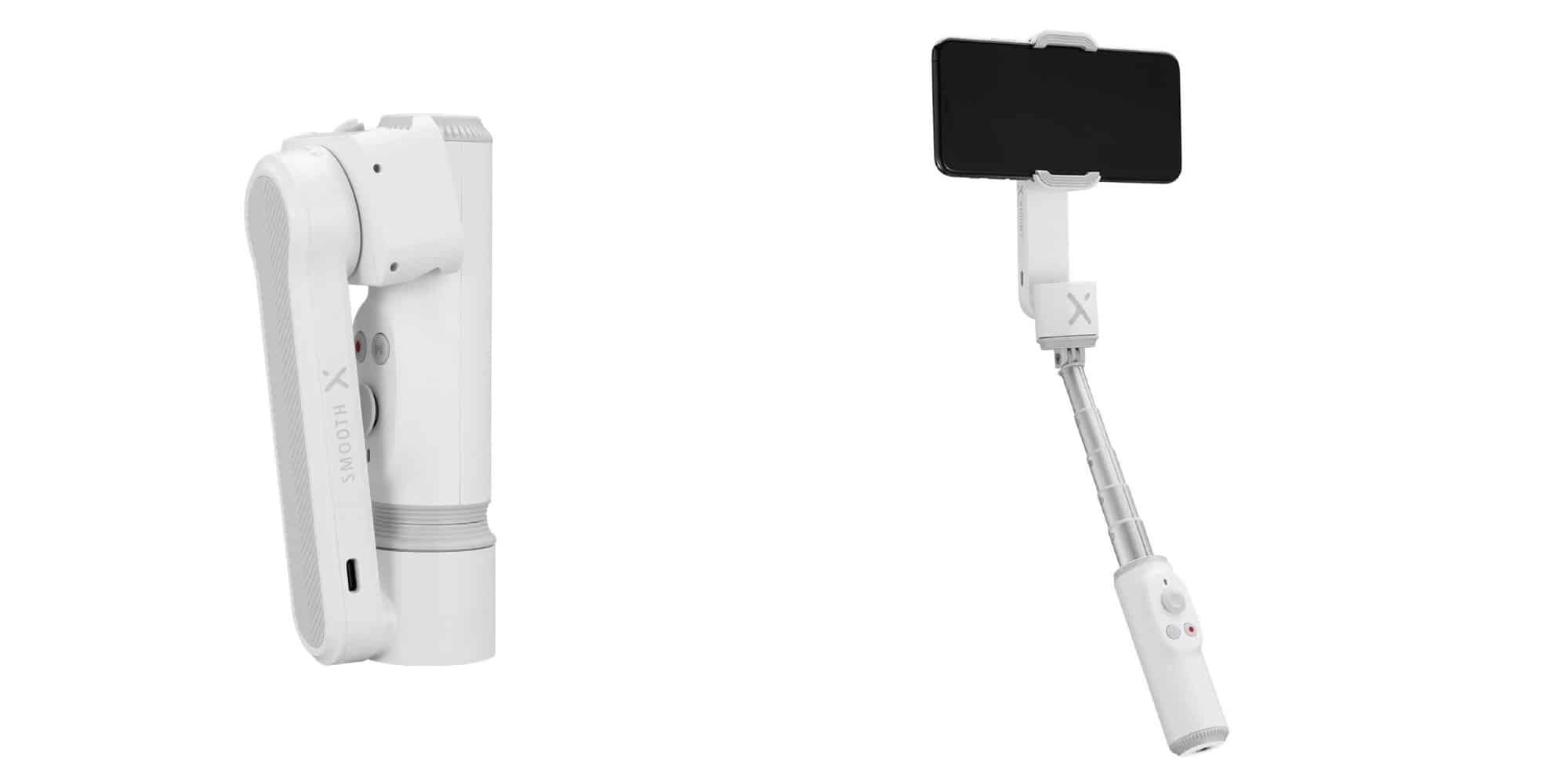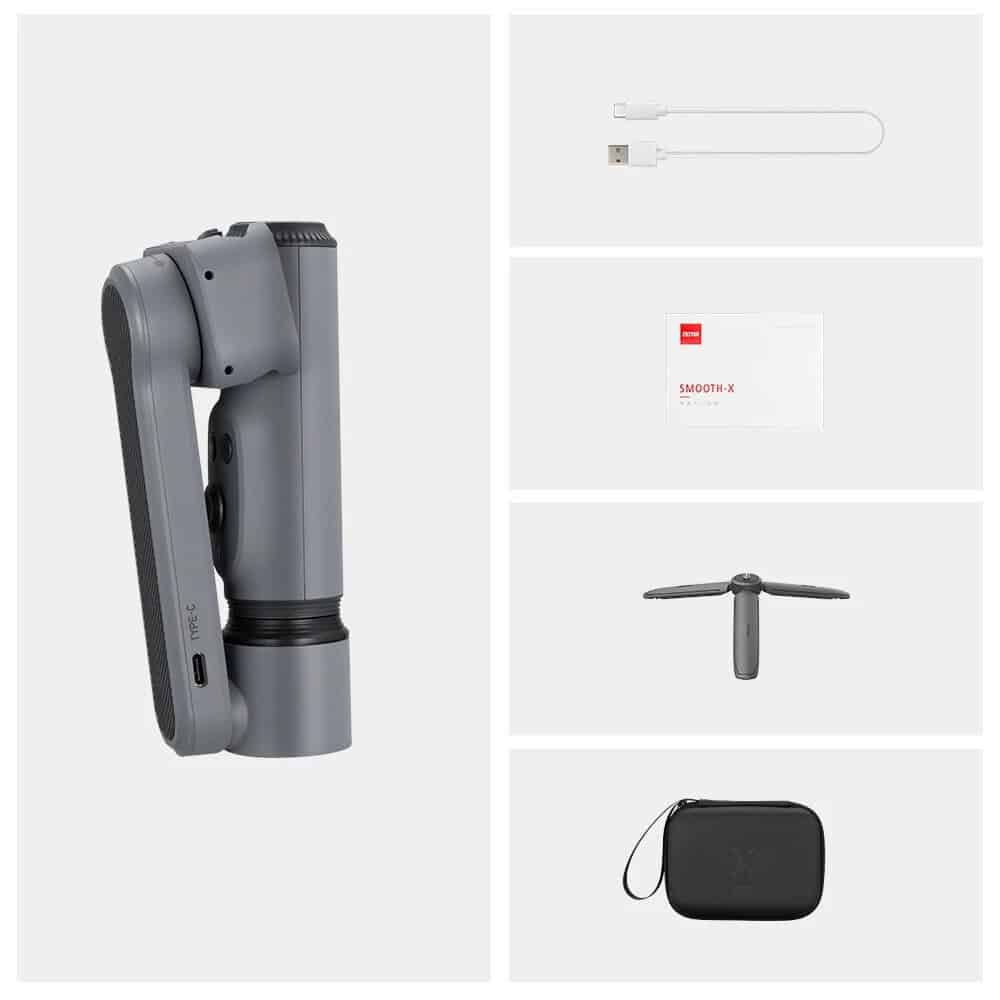It’s been a while since I’ve reviewed a new smartphone gimbal, but a quick check shows the last one I checked out was the ultra-portable Zhiyun Smooth Q2. That doesn’t come as a big surprise, as Zhiyun to have a tendency to pump out new gimbal models faster than its competitors.
The new Smooth X has a foldable design and even fits in a selfie stick that can be extended to 10 inches (260mm). This makes it quite unique—we’ve seen gimbals that feature one of the two, but not both.
Zhiyun supposedly places the Smooth X somewhere between the Zhiyun Smooth Q2 and ageing Smooth 4. The former being truly portable and the latter offering ‘pro’ features that cater to more serious smartphone videographers.
However, when it comes to price, the Smooth X takes a revolutionary step. Unlike the Smooth Q2 and Smooth 4 which both cost over $100, the Smooth X costs just $59.99. That doesn’t just make it the cheapest Zhiyun gimbal, it’s one of the cheapest phone gimbals out there.
No products found.
On the face of it, we have a clear winner. But cuts must have been made somewhere. Let’s take a closer look.
First Impressions
The first thing you notice about the Smooth X is its foldable design. I raved on about how foldable designs are the way to go when I reviewed my current favorite smartphone gimbal, the DJI Osmo Mobile 3. It not only makes it more compact, but it also makes it much easier to pack since you don’t have a swivelling gimbal arm going haywire in your bag.
Thanks to that, the Smooth X is small. Here’s how its size compares with the iPhone 11 Pro Max:
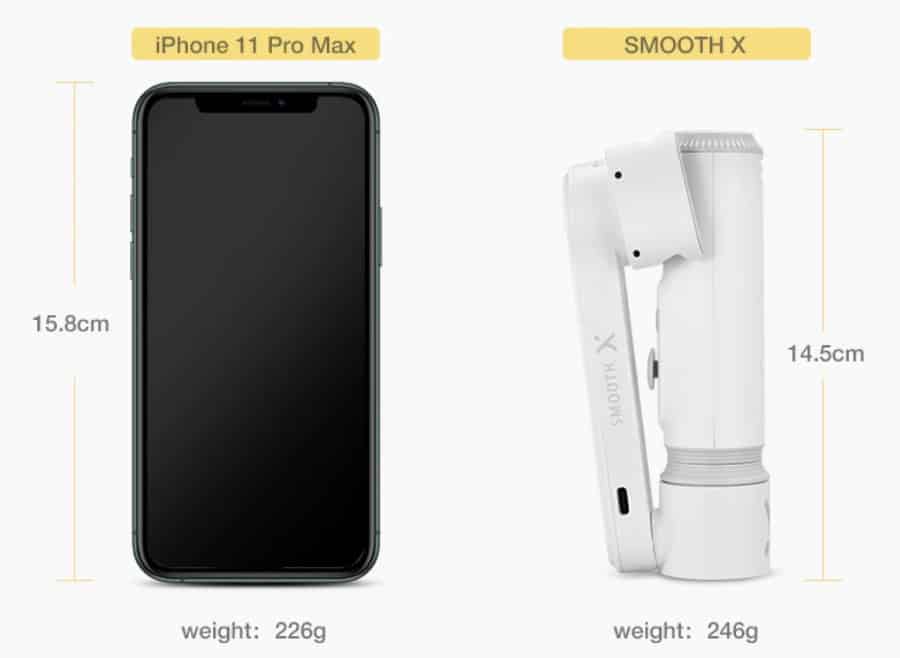
The build quality is better than what you’d expect for its price and that’s all the more impressive considering it houses its next noteworthy feature, the 10-inch selfie stick.
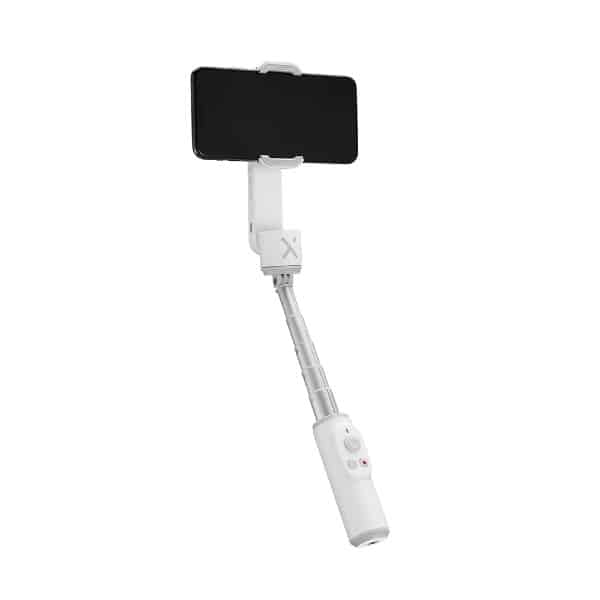
The monopod doesn’t extend quite as far as the standalone sticks you can buy, but it gets the job done. Personally, I don’t find myself in many situations which call for it, but it will no doubt appeal to the up-and-coming stars of Instagram and TikTok.
My main initial critique would be regarding the size and ergonomics of the grip. It’s on the small side and isn’t the most comfortable. When I was recording and simultaneously controlling the joystick for electronic panning, I often needed my second hand for backup as it felt close to slipping out of my hand. DJI’s Osmo Mobile 3 is also compact and foldable, but they didn’t sacrifice on ergonomics.
Only 2-Axes?
This is actually a part I overlooked when ordering the Smooth X. Everyone takes 3-axes gimbals for granted these days, so I automatically assumed the gimbal stabilizes in all three axes.
But as it turns out, the Smooth X is not a 3-axes gimbal, but a 2-axes gimbal.
Aha! That’s where the cut has been made, and it turns out it’s a pretty big one.
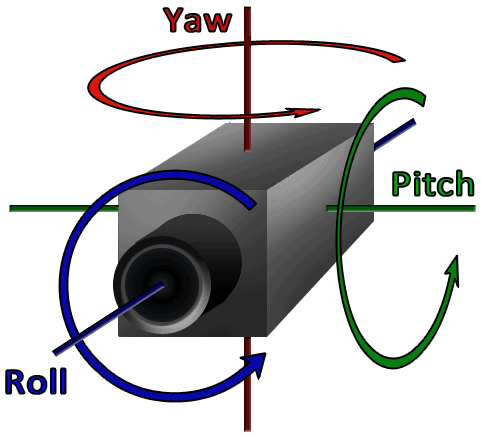
This means the Smooth X only stabilizes in the pan (left to right) and roll (tilting in the horizontal plane) axes. But it doesn’t stabilize jitter in the tilt axis (up and down).
Now some might not see this as a big deal, and it’s true that having some unwanted vertical movement is acceptable. Also, it’s generally easier to avoid unwanted up and down tilting than it is to avoid unwanted pan/roll movements.
However, overall it’s a little disappointing, as the magic of a good gimbal has always been that you end up with silky smooth footage, regardless of how careful or reckless you are.
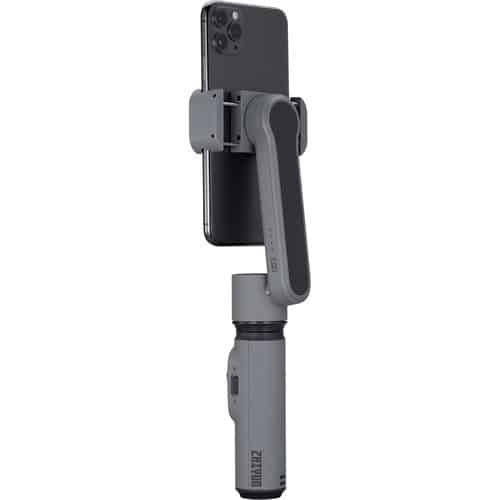
Using The Zhiyun Smooth X
The Zhiyun Smooth X has three basic shooting modes:
- Pan-follow: This is the gimbal’s default shooting mode. It smoothes out any panning motion and locks the roll axis, meaning the footage will always be level.
- Locked: In this mode, the gimbal locks the pan and roll axes. This means the camera orientation is locked in place and it will negate any motions you make.
- Following: In this mode, the gimbal will follow any movements you make. However, the gimbal will smooth the movements out and remove jitter.
The control scheme is simple and basic, consisting of just three primary buttons. A joystick allows you to electronically make adjustments, although physically moving your arm and hand is almost always preferable.
The Smooth X can also start/stop recordings and control the zoom in your smartphone’s native camera app (over bluetooth).
Performance
Stabilization performance on the Smooth X is good, but as already mentioned, it’s a 2 axis gimbal. That gives it a limit on what you can expect, but for casual filming the results will be satisfactory.
The gimbal motors didn’t struggle under the load of my iPhone XS Max. The max supported payload of 235g means it is technically compatible with even the beastly iPhone 11 Pro Max (the heaviest phone on the market at 0.5 pounds), but don’t count me on it.
Perhaps the weakest aspect is the battery life, which lasts around 3 to 4 hours on a single charge. In reality it doesn’t pose much of a problem as you’re not going to be shooting for four straight hours. However, I did find myself more frequently reaching for the USB-C cable than the Osmo Mobile 3, which lasts for 10+ hours on a single charge.
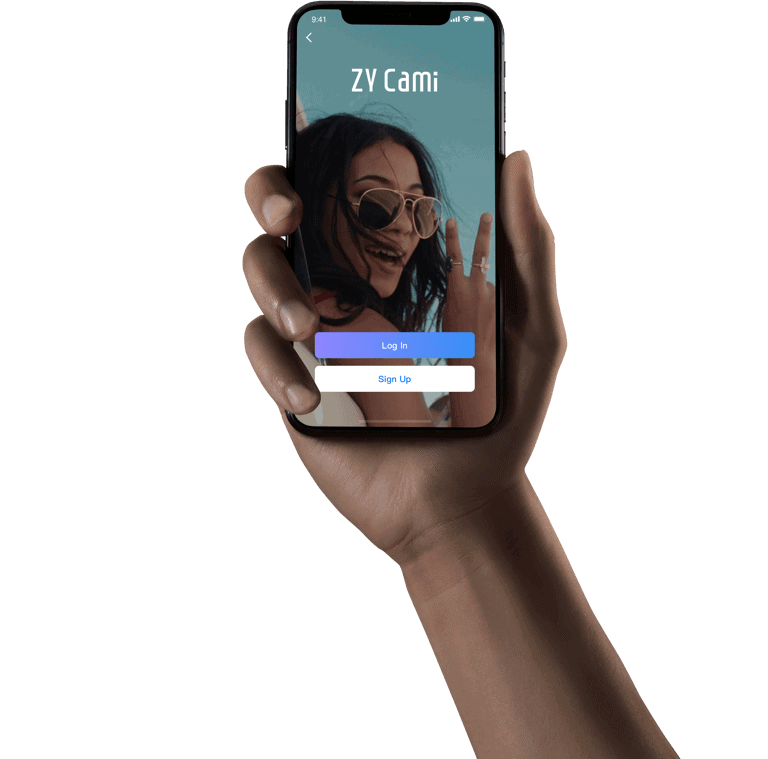
ZY Cami App
To get the most out of the gimbal, you’ll want to use its companion app known as ZY Cami.
This unlocks several features, such as motion timelapses, panoramas and object tracking.
These functions are pretty much expected in any gimbal companion app these days, but the ZY Cami’s has a trick up its sleeves—gesture controls. Gesture control makes it possible to do things like start the camera timer by waving your hand in front of the camera.
The app also features a bunch of video-editing and beautify features, although many will prefer to use their own third-party apps for that.
Although the ZY Cami app packs interesting features, there are currently a small number of bugs on iOS and Android that many users will find frustrating.
Verdict
The Zhiyun Smooth X is clearly a winner among casual users. It gives recordings the extra polish they need, but doesn’t come with a high price tag or excessive technical features that would go unused.
The selfie stick is a bonus that didn’t do much for myself, but might be exactly what seals the deal for others.
With the release of the Smooth X it’s hard to see why you’d even consider the Zhiyun Smooth Q2, which costs twice as much but is obviously geared towards the same casual-user market.
I still prefer the DJI Osmo Mobile 3 as my go-to gimbal as it offers superior 3-axis stabilization, better ergonomics and battery life. However, that costs twice and is almost twice as heavy, so you’re comparing apples and oranges.
Pros
- Price
- Portability
- Monopod can be helpful at times
Cons
- 2-axes stabilization
- Mediocre battery life
- Small handgrip
Rating: 4.0/5
Available at No products found..
